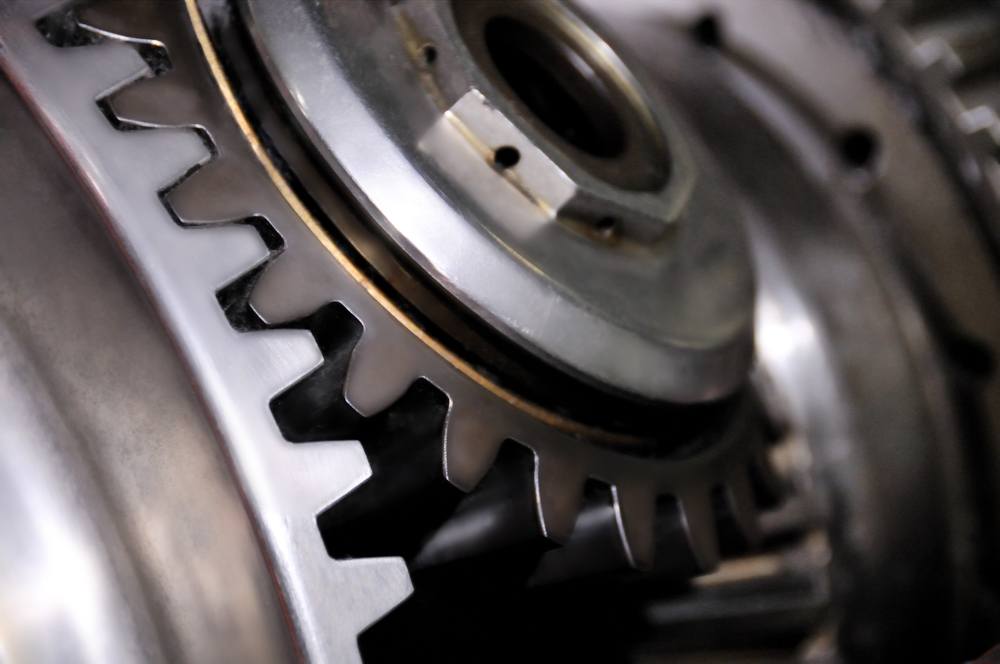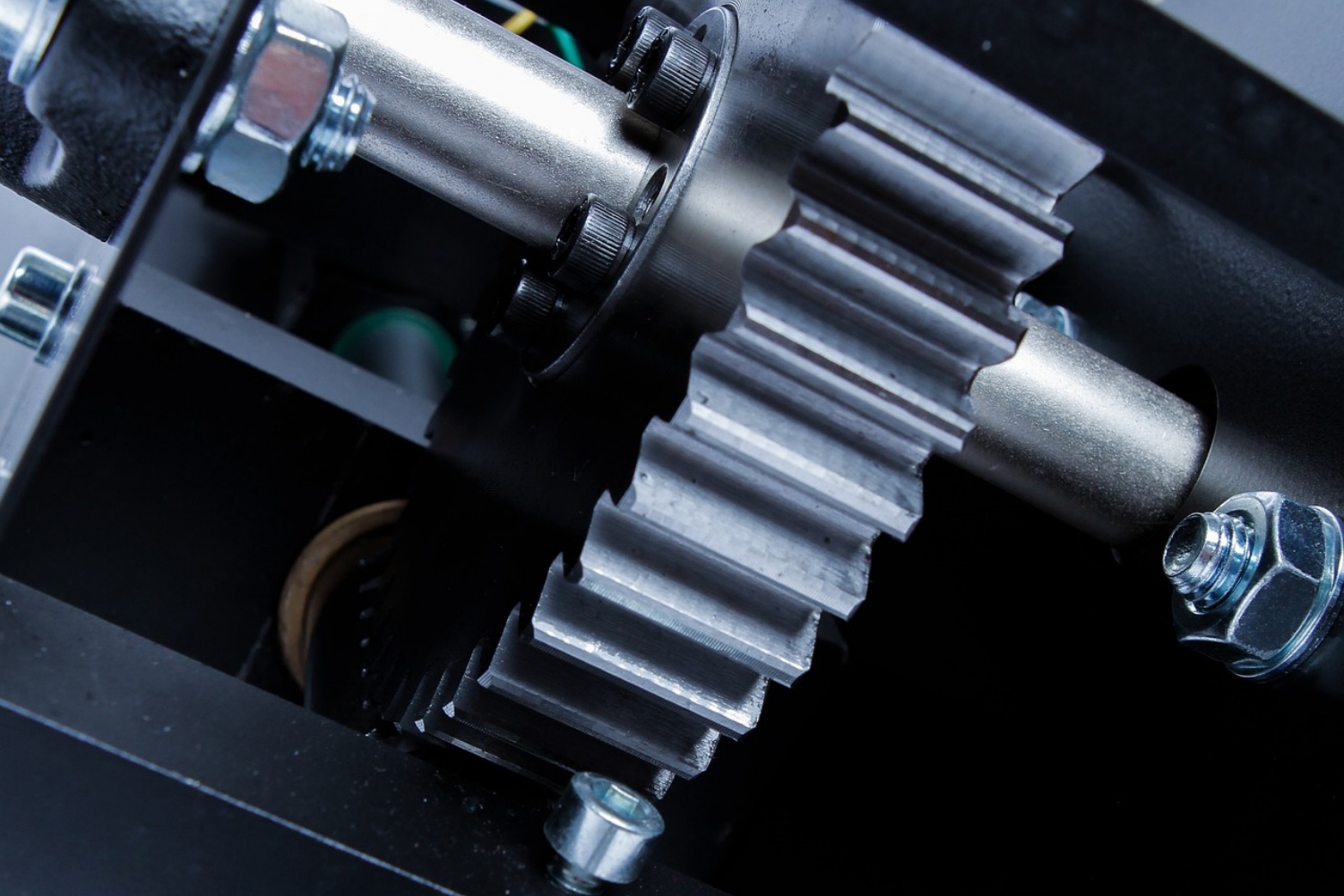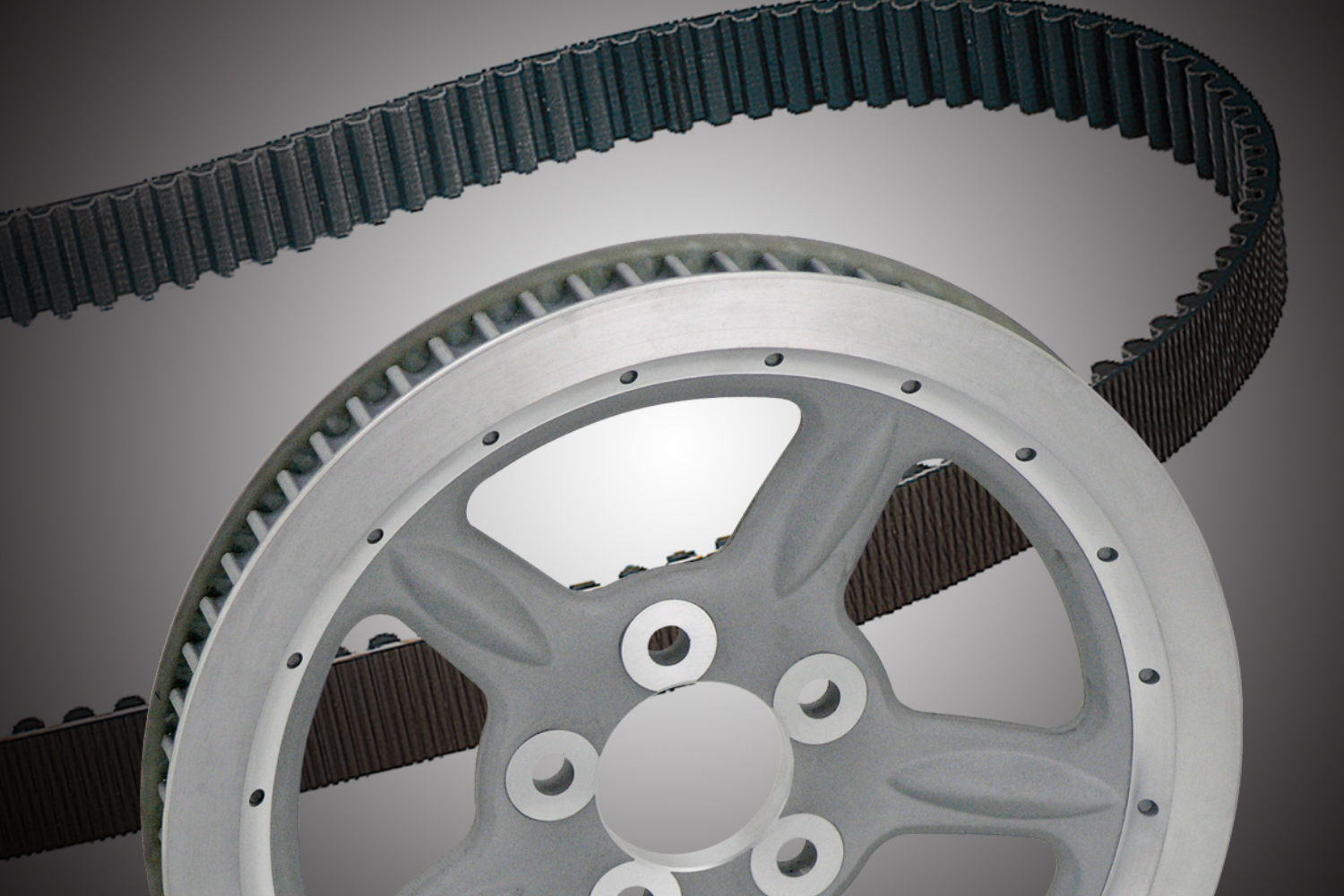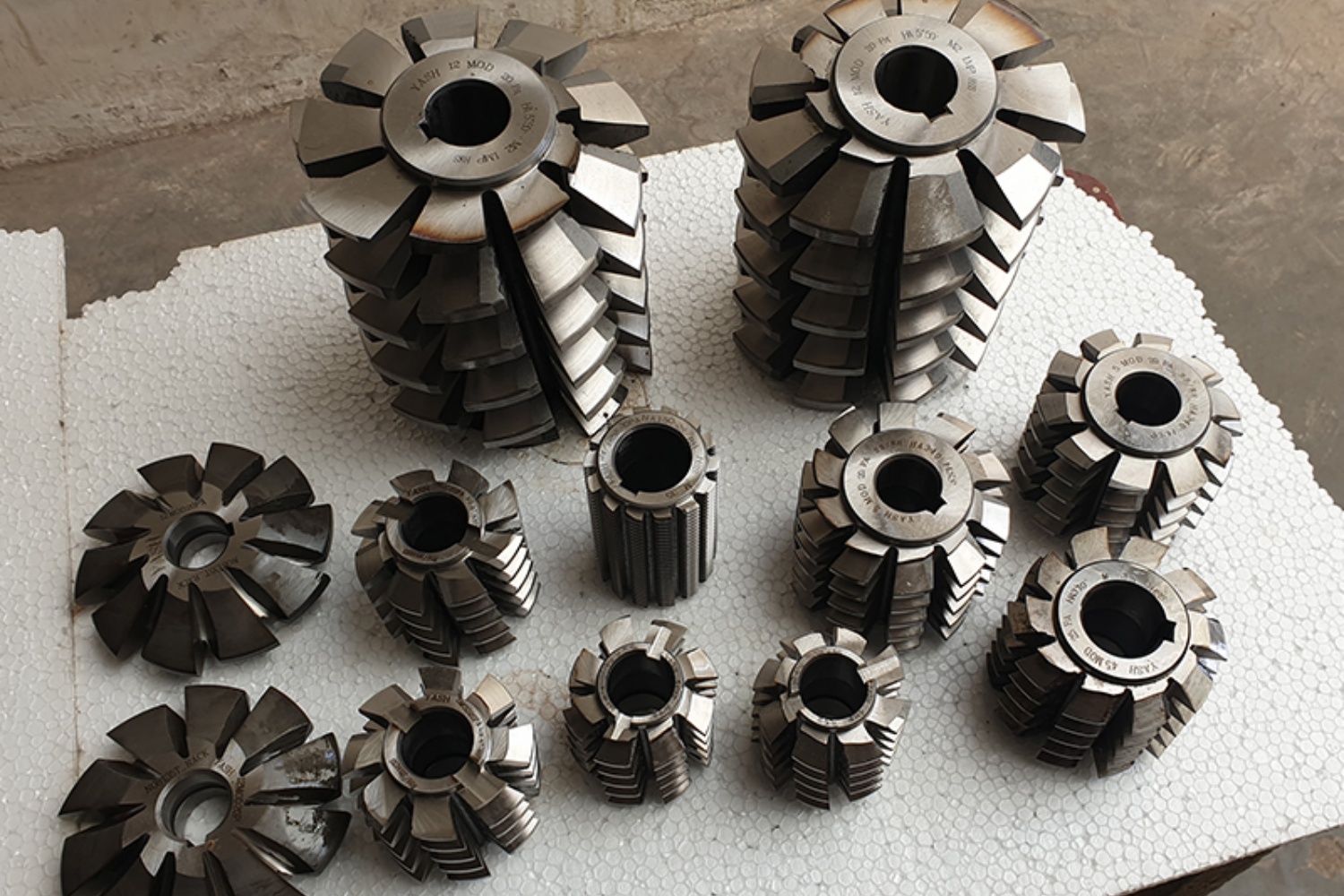In today’s world, industry’s need for sustainable solutions has never been greater. With growing environmental concerns and global efforts to reduce carbon emissions, manufacturing is under pressure to adopt more environmentally friendly practices. One sustainable solution that is becoming increasingly popular in various industrial applications is the use of spur gears. A spur gear, also called a straight-cut gear, is a gear whose teeth are machined to form a straight line along the axis. So what about the green impact of spur gears on industry and how do they contribute to sustainable development? I will explain the situation in detail to you.
The Green Impact of Spur Gears
Spur gears have several advantages that make them a sustainable choice in industrial applications:
- Efficient Power Transmission: Spur gears provide efficient power transmission, transferring torque effectively between shafts. This helps reduce energy losses and associated emissions, leading to lower carbon footprints.
- Reduced Noise and Vibration: Spur gears are designed to reduce noise and vibration during operation. This not only improves the overall performance of machinery but also reduces noise pollution, a key aspect of sustainable development.
- Durability and Longevity: Spur gears are known for their durability and longevity. Their robust design and material selection allow them to withstand heavy loads and continuous use, reducing the need for frequent replacements. This extends the lifespan of machinery and reduces waste.
- Easy Maintenance: Spur gears are relatively easy to maintain, requiring minimal lubrication and regular inspection. This lowers maintenance costs and downtime, ensuring consistent operation and productivity.
- Versatility: Spur gears can be used in various industrial applications, from small machines to large industrial equipment. Their adaptability and widespread use contribute to the overall sustainability of manufacturing processes.
How Spur Gears Contribute to Sustainable Development
The use of spur gears in industry has a significant impact on sustainable development:
- Energy Conservation: Efficient power transmission provided by spur gears leads to energy savings in industrial processes. This helps reduce greenhouse gas emissions and contributes to carbon neutrality targets set by many countries and organizations.
- Environmental Friendliness: Spur gears reduce noise and vibration pollution, making industrial operations more environmentally friendly. This improves the working conditions for employees and surrounding communities, enhancing the overall environmental sustainability of manufacturing facilities.
- Resource Efficiency: The durability of spur gears leads to less frequent replacements, reducing the demand for raw materials and extending the lifespan of machinery. This promotes resource efficiency and reduces waste in the manufacturing process.
- Cost Savings: The efficient power transmission and durability of spur gears can lead to cost savings for industrial operators over time. Less downtime for maintenance and fewer replacements translate into reduced operational expenses, improving overall cost-effectiveness.
- Future-Proofing: Investing in spur gears now ensures that industrial equipment will be future-proof, able to handle new challenges posed by evolving technologies and increasing environmental regulations. This helps businesses stay ahead of the curve and remain competitive in the long run.
Spur gears have a significant green impact in industry, contributing to sustainable development through efficient power transmission, durability, and environmental friendliness. As the push for greener manufacturing practices continues, the use of spur gears will play an increasingly important role in reducing carbon emissions, conserving resources, and ensuring a more sustainable future for industry.

CONTINUE READING
Related Posts
In the world of industrial manufacturing, the efficiency and reliability of transmission systems are critical to the success of any […]
In industrial settings, a smooth and quiet power transmission system is crucial for productivity, safety, and worker comfort. V Belt […]
Splines play a critical role in mechanical power transmission systems, enabling rotational motion and torque transfer between mating components. These […]





